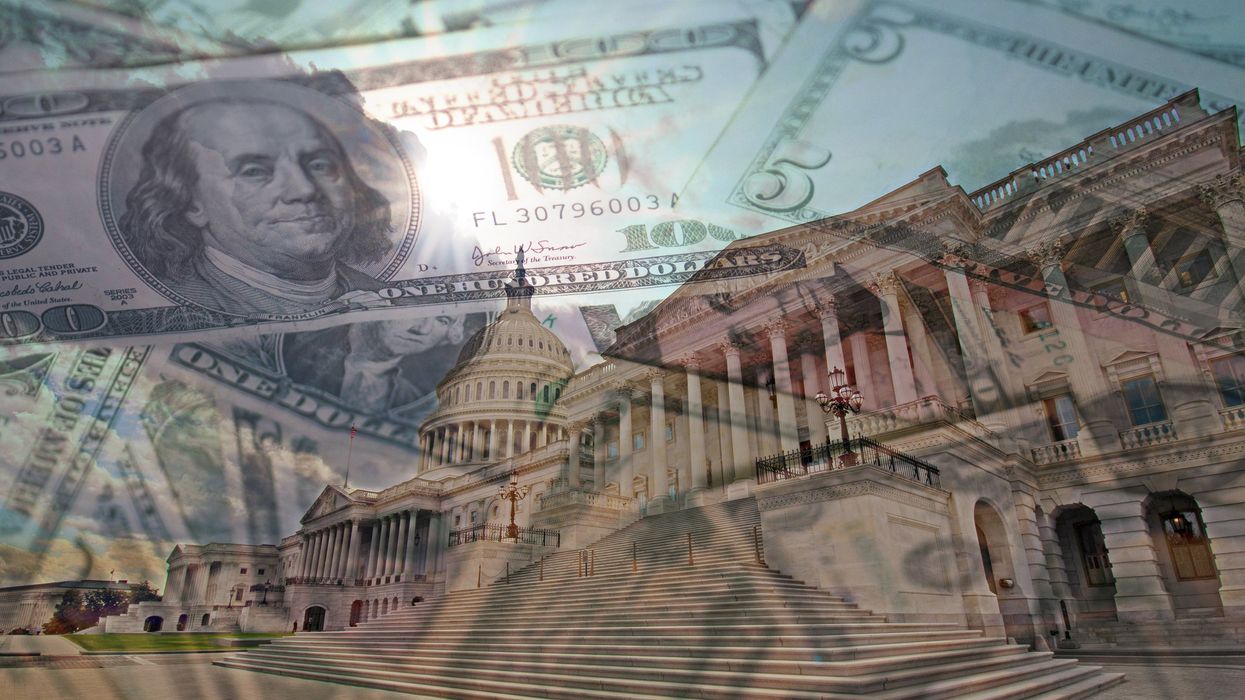If you walked into a Walmart in San Leandro or a Costco in Seattle this week, you’d see more than just shelves of goods and shoppers ticking items off their lists. You’d see America’s quiet economic anxiety playing out in real time. Carts are no longer brimming, not because appetites have shrunk, but because wallets have tightened. Price tags on everyday staples: beef roasts up 20 percent from last year, coffee pods dearer by 15 percent, even baby spoons nudging upward - glare from the shelves like stubborn reminders of a shifting reality. In the toy aisle, a mother eyes a Lego set that now costs $32.99 instead of $29.99, muttering about spreading her son’s birthday gift over installments. At the meat counter, a retiree hesitates over the flat iron steak at $11.84 a pound, quietly acknowledging that inflation is no longer an abstract statistic; it’s etched into the labels. According to USDA data released this month, beef steak prices alone have climbed 8 percent year-on-year-one of several staples hit by a wave of tariffs and supply chain pressures.
This isn’t just a collection of isolated moments. It is the visible aftermath of policy choices made in Washington. As of August 11, 2025, the United States is grappling with the full weight of President Donald Trump’s sweeping tariff regime. Yale’s Budget Lab notes the average U.S. tariff rate has surged to 17.3 percent, the highest since the protectionist era of 1935. What began as an exercise in economic nationalism has evolved into a sweeping tax on imports, touching everything from Chinese-made toys to Canadian lumber and Mexican avocados. The latest salvo, effective August 7, imposes duties of up to 41 percent on dozens of countries, intensifying a spiral that began with April’s so-called “Liberation Day” tariffs. June’s Consumer Price Index recorded the steepest year-on-year increase since February - 3.2 percent overall, with food prices rising at twice the 20-year average.
Cessy, a homemaker featured in recent news reports, noticed her family’s preferred beef cut jumped from $9.84 to $11.84 per pound. USDA figures confirm her suspicion: steak prices are up eight percent year-on-year, a trend compounded by higher feed costs from imported grains and retaliatory tariffs. Eggs, already whiplashed by market volatility, are next in line to climb further. An AP-NORC poll underscores the human toll: half of Americans now list grocery prices as a major source of stress, a figure that spikes to nearly two-thirds for households earning less than $30,000.
Small businesses, the supposed beneficiaries of protectionism, are instead caught in the crossfire. Take Dusty Kenney, who sells baby spoons and lunch boxes, most of them sourced from China. “We’d love to make them here,” she says, “but the infrastructure just isn’t there.” Tariffs on plastic raw materials have pushed her costs up 34 percent, and with stockpiles dwindling, price hikes are inevitable. The American Toy Association notes that 80 percent of U.S. toys originate in China - a figure that means higher tariffs translate directly into higher shelf prices. Even corporate giants aren’t immune. Procter & Gamble has raised prices on a quarter of its U.S. products. Amazon has added price increases to deodorants and pet supplies. Walmart’s CFO has conceded that tariffs on baby gear and home goods are “more than any retailer can absorb,” and Costco members are already spotting steeper tags on coffee and toiletries.
Economists are unequivocal: tariffs are taxes paid by importers, inevitably passed on to consumers. Yale’s analysis estimates a short-term 1.8 percent rise in prices, effectively stripping $2,400 from the average household’s annual income - a figure climbing to $3,800 when factoring in apparel and footwear, which have seen hikes of 17 and 19 percent, respectively. Morgan Stanley projects that over a decade, tariffs could cost households up to $2.7 trillion. June retail sales fell 0.33 percent, with core sales slipping 0.32 percent, as businesses hold back investment in an uncertain climate. Yale forecasts GDP growth will be shaved by 0.5 percentage points in 2025 and 2026, with a lingering 0.4 percent long-term drag.
On social media, the discontent is plain. Shoppers post images of repriced goods - shirts tagged higher before the tariffs even took full effect, coffee climbing from $11 to $19 within weeks. Rural Walmart closures are whispered about as sales plummet in some areas. Costco’s value proposition is under pressure, with wage gains being swallowed by price hikes in core staples.
The history books offer a sobering parallel. The Smoot-Hawley Tariff Act of 1930, intended to shield American industry, instead deepened the Great Depression by inviting retaliatory measures and choking off trade. Trump’s “reciprocal” approach risks a modern echo, especially when over 90 percent of importers are small and medium enterprises that cannot quickly relocate or rebuild domestic supply chains. Stockpiled inventories blunted the early blow, but as they run dry, imported goods are set to rise faster than their untariffed counterparts. Cars, clothing, coffee - all are queued for steeper climbs.
Ultimately, tariffs feed government coffers - projected to reach into the trillions - but the bill is paid at the checkout counter. The trade war’s proponents tout self-reliance; its critics warn of stagflation. Walking through those aisles today, the balance seems to be tipping toward the latter. For families like Cessy’s, the policy debate isn’t academic. It’s the question of whether the weekly shop will fit within the budget, or whether the cart will roll out half-empty. Policymakers must decide if the price of economic nationalism is worth the erosion of household prosperity - before the checkout line becomes the front line of America’s next economic crisis.
Ahmed Bouzid is the co-founder of The True Representation Movement.




















